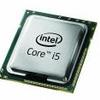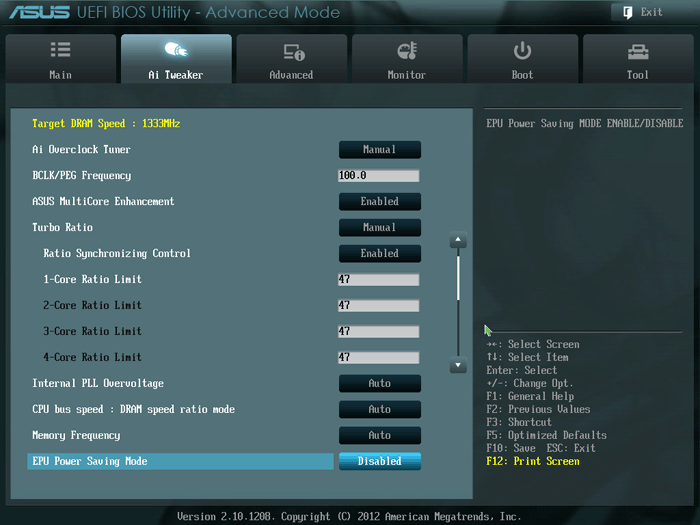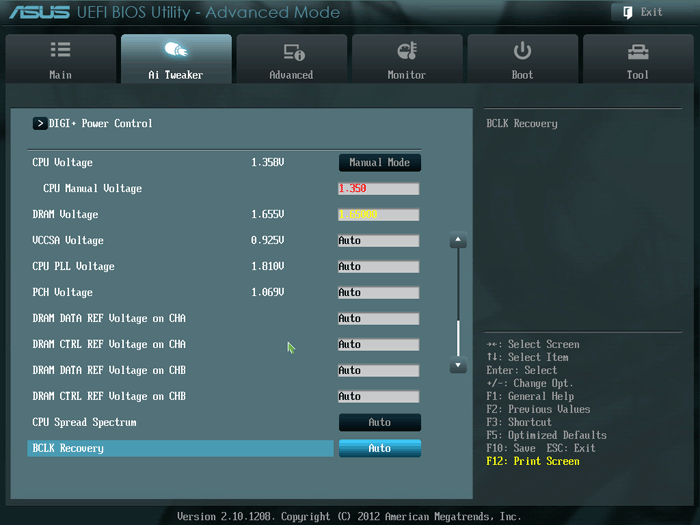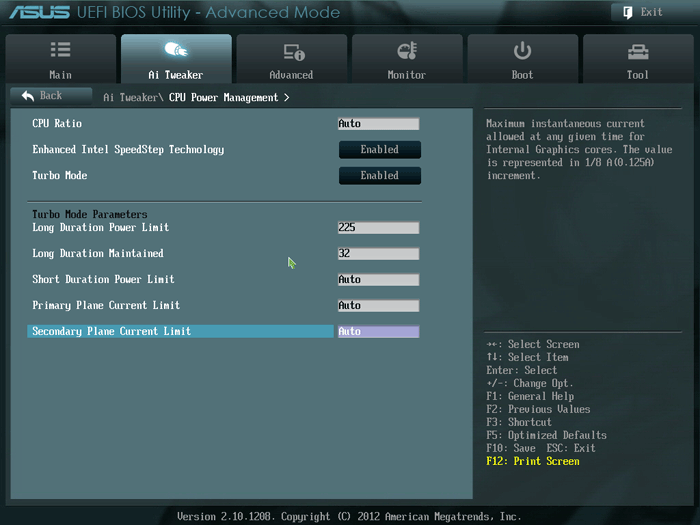Overclocking with Ivy Bridge processors
Overclocking with Ivy Bridge processors
We've mentioned at the start of this article already, if you are planning to do some overclocking with an Ivy Bridge based processor, you are so much better off with a K model processor.
Why K versions you ask? Well, the default non-K processors will be much harder to overclock. With Nehalem/Clarkdale (last generation Core i3/i5/i7) pretty much you take your base clock of 133 MHz and apply say a default multiplier of 25, that would be your 3.33 GHz processor. That base clock was capable of going so much higher, 150, 186 and when tweaked right, even over 200 MHz. So if you were able to apply a fictive 175 MHz on your base clock, you could multiply it with the limited 25 multiplier. That would get you 4375 MHz.
The new technology however has an embedded GPU / video processor merged into the very same processor die running over the same bus sharing the same L3 cache memory, things get increasingly complicated in matters of tweaking.
The 100 MHz baseclock of Sandy/Ivy Bridge processors are harder to tweak, if you are very lucky you can get 115 MHz out of it with regular cooling, multiply that with your maximum multiplier and you'll notice that the default processor can only overclock a few hundred MHz at best. And that is why Intel introduced the K series, since it offers you an unlocked multiplier which will allow you to go much, much higher.
So please do get a 20 USD more expensive K version and in the BIOS you'll have much better tweaking options. With a proper motherboard you can now set a multiplier per core.
The procedure is as follows:
- Leave baseclock for what it is right now
- If optional, increase the TDP limit of your processor to 200~250 Watts
- With a 3570K change Turbo multiplier at 44 initially and gradually work your way upwards.
- Increase CPU voltage, though setting AUTO might work fine, we ended at 1.375V on this motherboard.
- Make sure your processor is properly cooled with enthusiast grade heatpipe cooling or Liquid Cooling
- Save and Exit BIOS / UEFI
For the 3570K we ended at a stable 4700 MHz.
Voltage wise you'll need 1.350 ~ 1.3850 Volts to achieve that. In the end to get the processor completely stable we applied 1.385 Volts. Which is a lot and reuires good cooling.
With this tweak once the processor gets a kick in the proverbial nuts, it can turbo any or all cores towards that multiplier of 47 times that 100 MHz baseclock frequency, that's a 4700 MHz configuration, this all is setup setup in less than a minute.
Let's have a look at a Prime95 stress test with all four cores active and stressed at 4700 MHz.
This entire overclock will be integrated into the test sessions. So all benchmarks will have these overclocked results embedded into our article. As you can see even with the NZXT Kraken X40 liquid cooler we have fairly high temperatures.
It is interesting to see that this 3570K processor actually requires mode volts then our 3770K samples once we overclock.





